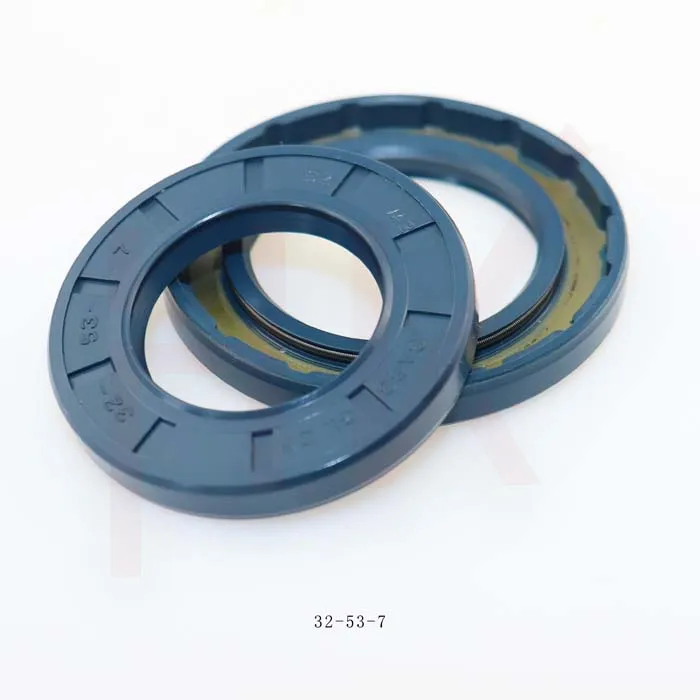ഡിസം . 10, 2024 19:48 Back to list
Steps for Replacing Seals in a Hydraulic Cylinder Effectively and Safely
Replacing Seals in Hydraulic Cylinders A Guide
Hydraulic cylinders are vital components in various machinery, providing the force needed to lift, push, or pull heavy loads. Their reliability directly affects the performance and safety of hydraulic systems. However, over time, the seals within hydraulic cylinders can wear out, leading to leaks and reduced efficiency. Replacing these seals is a crucial maintenance task that can prolong the life of the hydraulic system and preserve its functionality.
Understanding Hydraulic Cylinder Seals
Hydraulic cylinders operate under high pressure, which necessitates robust sealing solutions. The primary function of seals in hydraulic cylinders is to prevent hydraulic fluid from leaking out and to keep contaminants from entering the cylinder. Common types of seals used include O-rings, piston seals, and rod seals, which are made from materials like polyurethane, nitrile, and fluoropolymer to withstand harsh operating conditions.
Signs of Worn Seals
One of the first indicators that you may need to replace your hydraulic cylinder seals is the presence of fluid leaks. If you notice oil accumulating around the base of the cylinder or dripping onto the ground, it may be time for a seal replacement. Additionally, other signs include a decrease in lifting capacity, slower operation, or unusual noises during movement, which can indicate that the seals are no longer functioning effectively.
The Replacement Process
1. Preparation Before starting, ensure that you have all necessary tools and replacement seals on hand. This includes wrenches, a seal puller, and appropriate personal protective equipment.
replacing seals hydraulic cylinder

2. Disassemble the Cylinder Begin the process by safely disengaging the hydraulic cylinder from the machinery. Ensure that the hydraulic system is depressurized to avoid any accidents. Carefully remove any fasteners securing the cylinder, and gently pull the cylinder apart.
3. Remove Old Seals Once disassembled, inspect the cylinder for damage. Use a seal puller to carefully remove the old seals, ensuring that you do not scratch or damage the cylinder bore during this process.
4. Clean the Cylinder After removing the seals, clean the cylinder thoroughly. Use a suitable solvent to remove any residual oil and contaminants. Inspect the cylinder for wear or damage that may require further attention.
5. Install New Seals Select the correct size and type of replacement seals for your specific hydraulic cylinder. Lubricate the new seals with hydraulic fluid to facilitate installation and reduce the risk of damage. Carefully install each seal, ensuring they are seated properly.
6. Reassemble the Cylinder Once all new seals are in place, reassemble the hydraulic cylinder. Take care to tighten all fasteners to the manufacturer’s specifications to prevent future leaks.
7. Test the System After reassembly, reconnect the hydraulic cylinder to the machinery. Gradually pressurize the system and inspect for leaks. Ensure the cylinder operates smoothly without unusual noises or issues.
Conclusion
Replacing seals in hydraulic cylinders is an essential maintenance task that can significantly enhance the performance and lifespan of hydraulic systems. By recognizing the signs of worn seals and understanding the replacement process, operators can prevent costly downtime and ensure smooth operation. Regular inspection and maintenance of hydraulic seals will contribute to the overall efficiency and reliability of machinery, making it an investment worth considering for any operator. Through diligence and care, the integrity of hydraulic systems can be maintained, ensuring they perform optimally.
-
TCN Oil Seal Metal Ring Reinforcement for Heavy Machinery
NewsJul.25,2025
-
Rotary Lip Seal Spring-Loaded Design for High-Speed Applications
NewsJul.25,2025
-
Hydraulic Cylinder Seals Polyurethane Material for High-Impact Jobs
NewsJul.25,2025
-
High Pressure Oil Seal Polyurethane Coating Wear Resistance
NewsJul.25,2025
-
Dust Proof Seal Double Lip Design for Construction Equipment
NewsJul.25,2025
-
Hub Seal Polyurethane Wear Resistance in Agricultural Vehicles
NewsJul.25,2025
-
The Trans-formative Journey of Wheel Hub Oil Seals
NewsJun.06,2025
Products categories
















